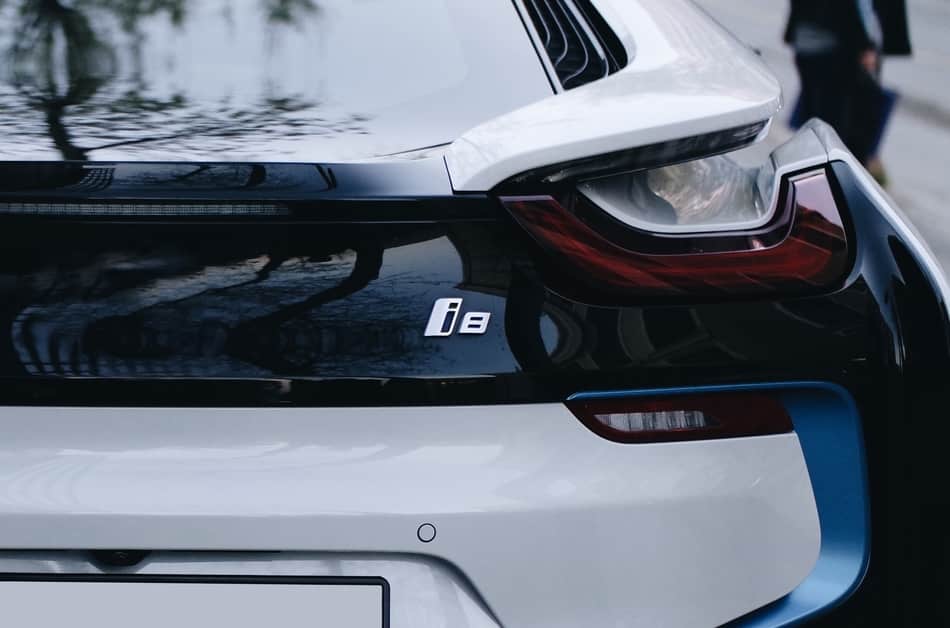 Electric cars are however gaining popularity because of the common goal to reduce the use of gas. But, one of the main reasons why electric cars tend to look ugly is that they are not clearly differentiated from normal cars. This is the only feature that a buyer looks for has just been totally opposite of what it was meant to be.
Electric cars are however gaining popularity because of the common goal to reduce the use of gas. But, one of the main reasons why electric cars tend to look ugly is that they are not clearly differentiated from normal cars. This is the only feature that a buyer looks for has just been totally opposite of what it was meant to be.
Why are electric cars so ugly? The reason why electric cars have failed to be the center of attraction is because of the unmet demands of customers i.e. uncompetitive and undifferentiated design and infrastructure compared to the existing non-electric cars. This is due to a number of reasons which primarily include the design challenges faced by the manufacturers to incorporate the battery technology.
Factors that make EV’s look ugly:
Some of the factors that made electric cars look ugly are:
- Traditional and similar designs as compared to normal cars proposed by every manufacturer either Nissan, Tesla or Civic and others.
- Placement of batteries at the legroom requires seats to be placed at some higher place which alternatively leads to the development of taller rooflines.
- The eliminated need for managing the airflow with a focus on the aerodynamic has resulted in removing the airflow part at the front of the car looking which makes the cars look incomplete.
Electric cars Are Not That Appealing to the Eye:
Although the manufacturers are striving to bring revolutionary changes in the EV models that have been launched so far. But, these are not any way attractive to the customers. This is because the concept of Electric cars had given a boost to the expectations of the people to have something different and unique standing outside their homes.
But, this went all the way in the opposite direction. For instance, the introduction of electric cars in the 20th century had lowered the excitement level of the customers. there was not a lot of competition which eliminated the need to make design revisions.
For instance, in some electric car designs, the rear wheels are half-hidden, which in no means is attractive. It seems like a fault in the car that the front two tires are uncovered whereas the back two tires are almost half covered. There is no logic behind this design feature and we are unable to understand the concept of the manufacturer. In addition, the front end of the car which is the most attractive part of any car lacks the airways and a sense of flow.
There have been noticeable changes in the electric car design since its launch. But, still, the manufacturers lack the innovation and creativity to differentiate electric cars from non-electric ones.
For example, most of the Tesla cars are too simple looking. However, Tesla’s roadster was stylish but it primarily did not give an expensive look. Similarly, the BMW i3 was a great disappointment for the electric car lovers in the way of design.
One example of an Electric Car that has an OK Style
The concept of introducing a convertible is not new and does not grab the interest of customers anymore. Nevertheless, the Tesla Roadster in red color was appealing to many buyers because it is an attractive convertible.
Aim to Increase AeroDynamics Has Hindered Overall Design
Car manufacturers aim to provide their customers with something new each year, but the focus on aerodynamics is inhibiting the potential to bring creative innovation. This is thereby resulting in the same output i.e. similar shapes.
For instance, the features of the Tesla i3 model are not as fancy as they were expected to be. Tesla Model 3 is very similar to the Honda Civic model.
Despite the expectations that the public has for unique designs, the focus on providing light and efficient electric cars, caused the manufacturers to fail in coming up with interesting design features. It actually was one of their biggest flaws, that they continue to ignore.
Electric vs Non-Electric cars:
When you compare the overall design of electric to non-electric, in most case there is no comparison. The electric car is a big fat zero. When dealing with the lack of space due to the huge battery, the designs of an electric is almost laughable.
For instance, the i-MiEV has a slope in the front to accommodate the battery and other associated parts of the car to make it functional. It could have been even a bit better if the front look would have been modified. I-MiEV was considered to be horrendous.
Even a 16-year-old boy would refuse to drive that car just for fun. It is quite obvious that spending a handsome amount on buying a car just based on the fact that it is electric, is actually rare.
Besides having an ugly look to them, electric cars possess several limitations that include:
- Lack of availability of the charging stations
- The limited capacity of the battery making it difficult to reach the target place.
- Long charging times versus simply filling up a tank with gas in a few minutes.
Perception is Everything, People Expect Good Design for An Electric Car Because of the Higher Price
Not everyone that shops for an electric car is willing to deal with poor design. Some people are going to purchase a hybrid that is more appealing instead of parking an old-looking car in their driveway.
In the beginning days, it was as if the designers wanted to shock customers by having strange designs of the futuristic car. After some time, they noticed that people were not impressed and the focus steered towards efficiency. They should have simply designed electric cars more like the most appealing non-electric car from day one.
Why is the Prius So Ugly?
Prius has a lot of angles to it. It is one of achieving great aerodynamics. Nevertheless, the other method is to have smooth flowing curves that reduce drag due to air. They probably went with angular to have a new look that was not mainstream.
When a car design is too far off the norm, it leaves a big taste in the mouth of the consumer. To a lot of people, this new angular look is odd and even ugly.
Finally, Toyota is starting to read the reports that the design is not appealing. As early as 2018, they were making plans to redesign the front and rear sections. I guess to remove the angles that make the car look like a guppy. The design for 2019 is much better, but I feel that it is still a little too angular in the front at the corners.
Nevertheless, it much more appealing than the 2017 model that looked like it was straight out of a low-budget science fiction movie.
Why is the Nissan Leaf so Ugly?
Another contender for the ugliest electric car design is the Nissan Leaf. It is actually is not that bad presently. They toned down the big frog-eye lights that they had in 2016. I found the 2016 version to be unnerving and scary to see. The headlights took over the image of the leaf, along with long vertical lights in the back section.
The present version of the Leaf is OK, design-wise. Nevertheless, there are so many new manufacturers getting into the game because of emission controls, that it is still going to be labeled as out of date, and not so cool. The newer clients want super cool, along with a car filled with the newest technologies.
Where Nissan went wrong in the beginning with the Prius was with the assumption the middle-class customers would be the ones to buy EVs. The more affluent upper-middle-class are the ones that are getting an EV as a second vehicle that they can use within city limits.
High R&D But Going with the Ugly Look
It is quite disappointing that despite heavy R&D investments, electric cars are losing their pace to rule the automotive industry only because of their ugly look. Time will tell if the electric car approach shows a sharper growth or further declines as per expectation. As to each person buying a car, the right look, strong first sight impression matters. Will manufacturers turn an ugly design into an appealing one for the typical electric car?
